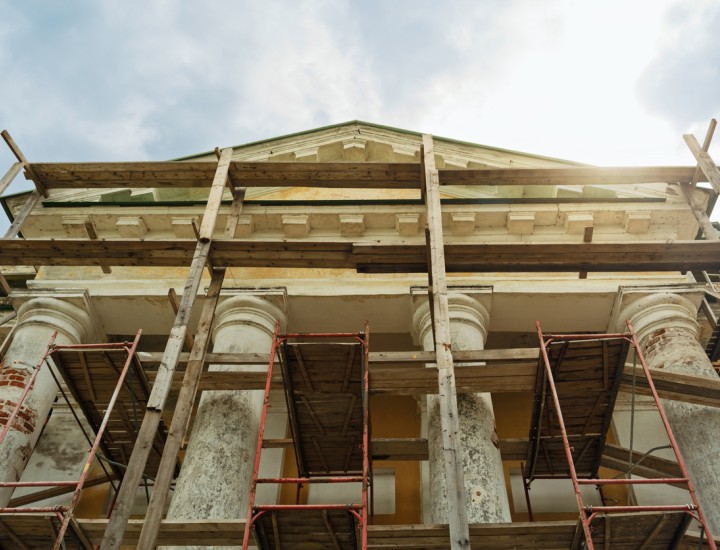Capital Budgeting and State Deferred Maintenance
Capital Budgeting and State Deferred Maintenance
Helping states quantify and address their $1 trillion infrastructure maintenance gap.
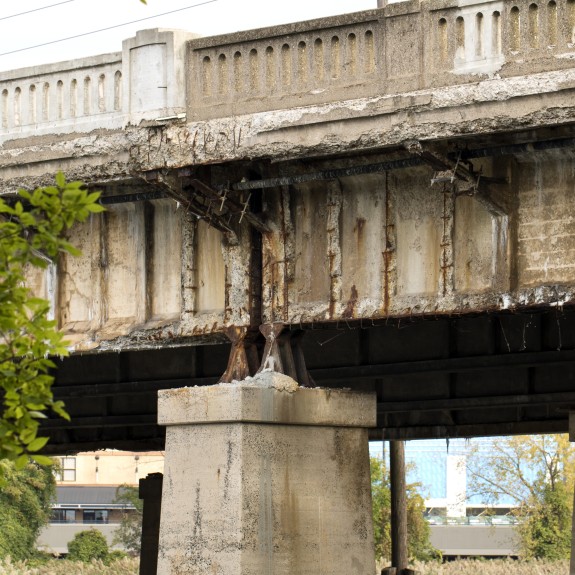
The United States is estimated to have accumulated at least $1 trillion in deferred infrastructure maintenance—scheduled repairs that should have been carried out but were postponed in favor of more pressing current spending needs. Deferred maintenance is rarely incorporated into state or local capital budgets, annual comprehensive financial reports, or infrastructure needs assessments. This omission obscures the full scale of fiscal risk and hinders informed decision-making about infrastructure investment and public asset management. Costs are dramatically rising as governments cope with accelerating needs brought on by increasingly severe weather events. As federal aid to states and municipalities shrinks, it is more urgent than ever that states prepare to stand on their own and meet the trillion-dollar challenge.
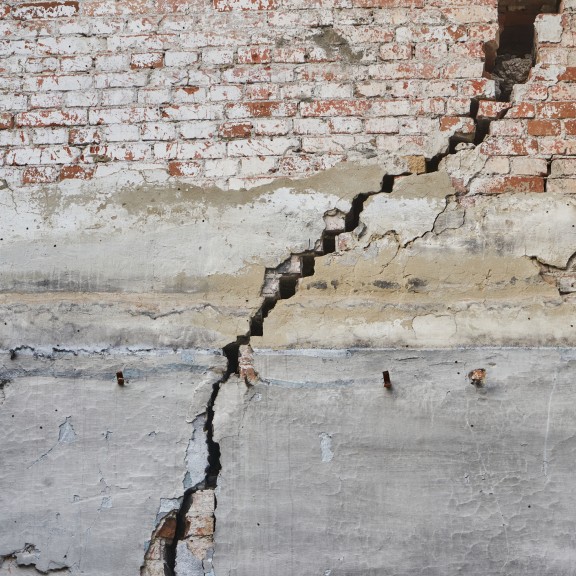
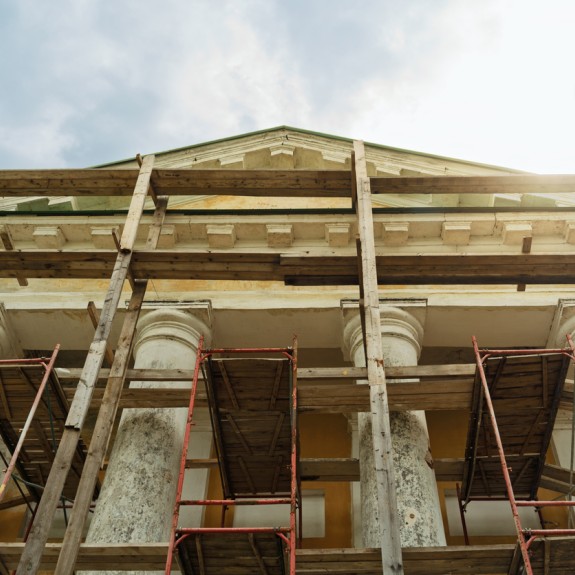
Case Studies Report
Meeting the Trillion-Dollar Challenge: Deferred Infrastructure Maintenance Practices Across Ten States takes an in-depth look at varying approaches taken by ten states—Alaska, California, Hawaii, Idaho, Illinois, Massachusetts, Montana, Oklahoma, Pennsylvania, and Tennessee—that can serve as models for others that are beginning their efforts to address this critical issue. This report compares varying definitions of maintenance and deferred maintenance, policies enabling statewide assessment and reporting, and processes used to assess deferred maintenance needs. It also summarizes accumulated deferred maintenance needs and associated funding allocations, and reviews state strategies to address current gaps and prevent future backlogs.
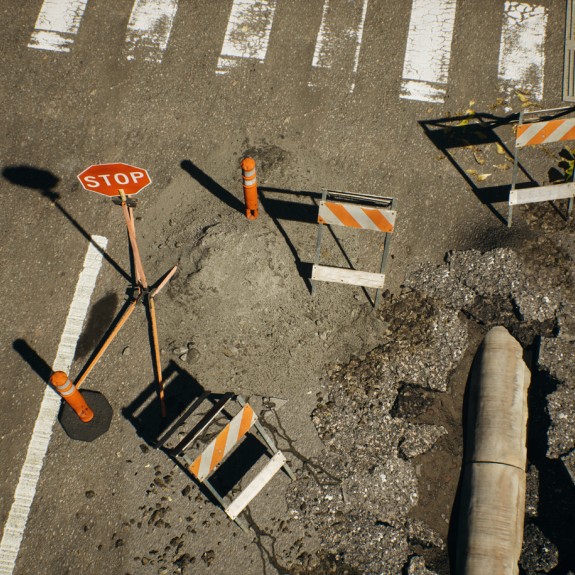
Fifty-State Review
Meeting the Trillion-Dollar Challenge: Disclosure of Deferred Infrastructure Maintenance in Capital Budgeting Documents, and the accompanying data set, is a comprehensive review of deferred infrastructure maintenance disclosure—or lack thereof—in capital budgets and centralized capital improvement plans across all fifty states. These capital budgeting documents outline current and future government spending plans for infrastructure and asset investments, and as such should be the tool for states to disclose their strategies and funding allocations to address their deferred maintenance backlogs.
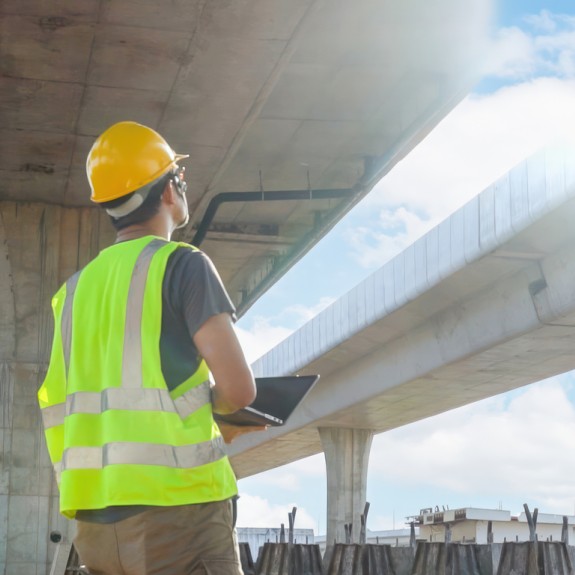
Tool Kit
Meeting the Trillion-Dollar Challenge: Framework for Assessing and Reporting State Deferred Infrastructure Maintenance Needs aims to assist states in adopting or improving the assessment and documentation of deferred infrastructure maintenance needs. It is organized into a series of modules, each focused on a component of a state' s approach to deferred maintenance. States at the beginning of their efforts can use the tool kit as a road map for establishing foundational systems, while those with existing frameworks can identify opportunities to refine and enhance them. Each component offers key actions and real examples drawn from the experiences of states analyzed in this project
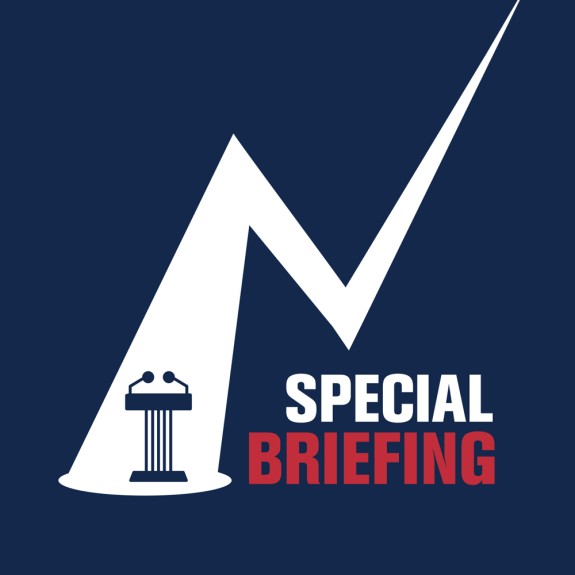
Special Briefing: Strategies for Closing the US Infrastructure Gap
Join our panel of experts, including the reports' lead researcher, as we discuss the state of America’s infrastructure and how some states are developing strategies to better identify and fund needed investments.
- Geoffrey Buswick, managing director and sector leader for the U.S. Public Finance (USPF) Group
- Hughey Newsome, chief financial officer for Sound Transit
- Camila Fonseca Sarmiento, director of fiscal research at the Institute for Urban and Regional Infrastructure Finance (IURIF) at the University of Minnesota’s Humphrey School of Public Affairs
- Leslie S. Richards, former Secretary of the Pennsylvania Department of Transportation and former CEO and General Manager of SEPTA
- Fatima Yousofi, senior officer for The Pew Charitable Trust
Moderated by William Glasgall, Volcker Alliance Public Finance Adviser and Penn IUR Fellow, and Susan Wachter, Co-Director of the Penn Institute for Urban Research and Wharton Professor of Real Estate and Professor of Finance.

Our prior work
The Capital Budgeting and State Deferred Maintenance project builds on a previous collaboration with the University of Minnesota that resulted in a comprehensive analysis of the issues plaguing our national public infrastructure, America’s Trillion Dollar Repair Bill. Based on the findings of that 2019 issue paper, we selected six states–Alaska, California, Hawaii, Idaho, New York, and Tennessee–for an in-depth exploration of current infrastructure maintenance gaps and investment needs. We will supplement these case studies with surveys of key stakeholders in state budget offices and transportation departments in all fifty states.

